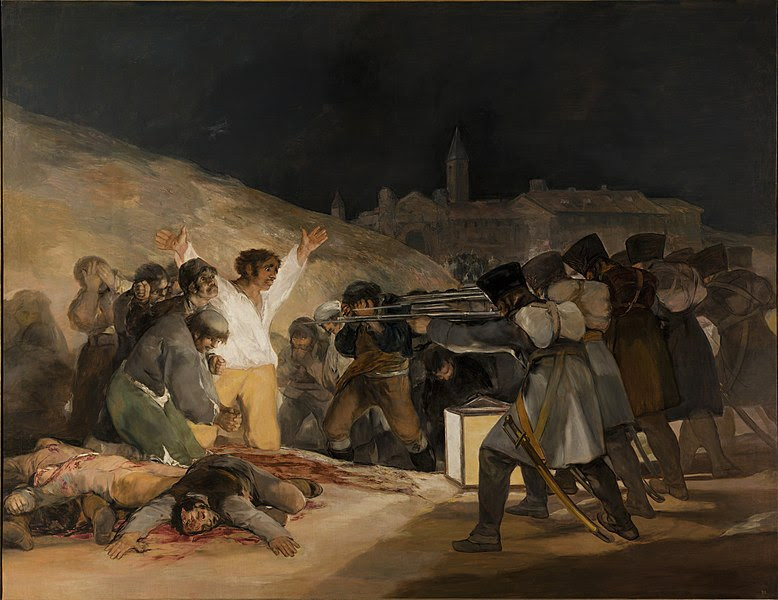Morally speaking, it is reactionary rather than progressive whenever the state expands its authority at the expense of society. Government handouts, subsidies, and interventions of every kind, no matter how dressed up with a specious humanitarianism, are essentially coercive measures by the state, encroaching more on more on the voluntary action of society.--Morley
The recent wave of pro-Palestinian protests on college campuses came on suddenly and shocked people across the nation. But the political tactics underlying some of the demonstrations were the result of months of training, planning, and encouragement by longtime activists and left-wing groups, according to the WSJ.
***
Funds marketed with a sustainable label were hit with $12.4bn in net outflows in the US in the past 12 months even as green funds in Europe added $126.3bn, according to the data provider Morningstar.
The rift between the jurisdictions is a sign that the political backlash against asset managers who take a position on environmental, social, and governance issues in the US has started to dampen the appetite for ESG strategies, analysts say.
***
The strong nuclear force is estimated to be about 1038 times stronger than electromagnetism. This means that the forces that hold atomic nuclei together are billions of times stronger than the forces that hold atoms together through their electrons and electric charges.
The reason for this vast difference in strength is due to the properties of the particles that are involved. Electromagnetism is carried by photons, which have no mass and only interact with charged particles. In contrast, the strong nuclear force is carried by gluons, which are themselves charged and interact with other charged particles, as well as with quarks, the building blocks of protons and neutrons.
Tres Plus Dos Equals Cinco de Mayo
The painting often identified as commemorating Cinco de Mayo in Mexico actually depicts the Spanish war with Napoleon's France two generations before the French war in Mexico. Nor is the event of Cinco de Mayo of much political significance--other than ironic--although it was a shocking military one.
Goya sought to commemorate Spanish resistance to Napoleon's armies during the occupation of 1808 in the Peninsular War, a savage affair fought by Spanish partisans against hard, regular French troops. This famous painting was The Third of May (along with its companion piece, The Second of May 1808 or The Charge of the Mamelukes.)
Third of May:
A half-century later in 1862, Spain's creditors ran out of patience with her debts. France, eager to expand her territory and following long-accepted custom of seizing a reluctant debtor's ports and collecting the tax receipts in lieu of their loan, invaded the Mexican port of Veracruz with the intent of collecting customs receipts until the debt was repaid. They also had another aim: They hoped to make their stay permanent with the placement of Maximilian on a Mexican throne. The French marched inland. This was an experienced, tough group and they proceeded virtually unopposed until they were confronted by a good-sized Mexican force in the small town of Puebla. There, against all expectation and logic, on 5 May 1862, Mexican troops, led by Ignacio Zaragoza, defeated a larger force of the elite French Foreign Legion. Mexican President Benito Juarez declared 5 May a national holiday -- Cinco de Mayo--although he certainly knew the truth. The French replaced their commander and sent thirty thousand reinforcements. In no time they controlled the cities and created the election that elected Maximilian Emperor of México.

No comments:
Post a Comment